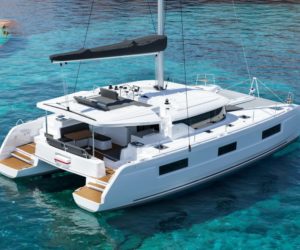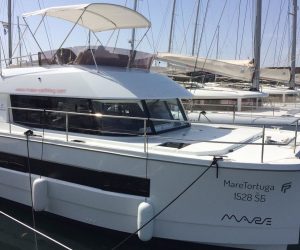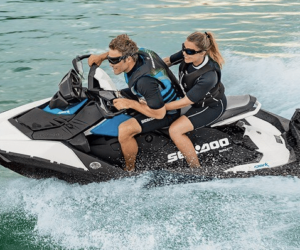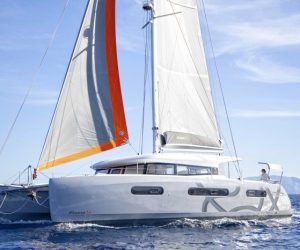The history of Susak
The fascinating history of Susak: a journey through the centuries

Early history and antiquity
The first traces of human settlement on Susak date back to the Bronze Age, as archaeological finds prove. The island’s favourable location and fertile soil attracted early settlers. During antiquity, Susak was an important crossroads in the Adriatic Sea. The Illyrians, who originally inhabited the region, were conquered by the Romans in the 1st century BC, who integrated the island into their extensive empire.
Medieval heyday
In the Middle Ages, Susak played an important role in trade and seafaring. From the 9th century, the island came under the control of the Croatian kingdom and later under the Republic of Venice. During this time, Susak experienced an economic and cultural boom. The island was known for its salt production and its wine, which was appreciated far beyond the borders of the region.
Venetian and Habsburg rule
Venetian rule characterised Susak for several centuries. The Venetians developed the island’s infrastructure and promoted trade. After the fall of the Venetian Republic in 1797, Susak came under Habsburg control, which led to further changes. The Habsburgs improved the administration and promoted the agricultural development of the island.
20th century and modernity
The 20th century brought dramatic changes for Susak. After the First World War, the island became part of the Kingdom of Serbs, Croats and Slovenes, which was later renamed Yugoslavia. During the Second World War, Susak was occupied by Italian troops, which left deep traces in the memories of the inhabitants.
After the war, Susak became part of the Socialist Federal Republic of Yugoslavia. In the 1960s, there was a massive wave of emigration, with many residents emigrating overseas, particularly to the USA. This emigration had a lasting impact on the demographic and cultural landscape of the island.
Cultural heritage and traditions
Despite the historical upheavals, Susak has preserved its unique culture and traditions. The inhabitants speak their own dialect, which is strongly characterised by Italian influences. Traditional customs and festivals, such as the Susak Festival in August, are living testimony to the island’s rich culture.
The architecture on Susak is a reflection of its history. The pastel-coloured houses and narrow streets tell stories of past centuries and give the island its unmistakable charm.
Our summary
The history of Susak is a fascinating mirror of historical developments in the Adriatic. From its ancient roots through its medieval heyday to the challenges and changes of the 20th century, Susak is a living testament to the cultural diversity and resilience of the region. A visit to this unique island is not only a journey into a breathtaking landscape, but also a journey through the centuries.
































